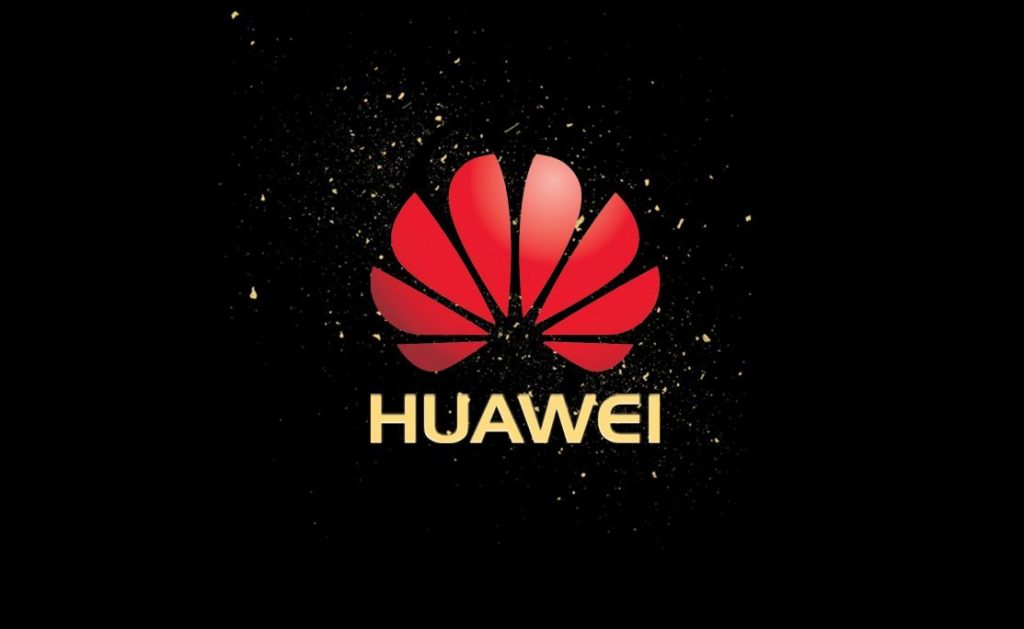Huawai confirms satellite mega-constellation
November 23, 2023

Chinese technology giant Huawei’s low-orbit satellite Internet constellation has been officially announced, and a test satellite has already conducted in-orbit communication tests. At an event in Shanghai was reported on Chinese web-site Weibo, which stated “China Satellite Internet, Huawei is coming!”
Huawei has launched two pairs of Ka-band prototype satellites (on August 21st and November 19th) and used these for test transmissions.
Additionally, there is China’s Guowang fleet of low Earth orbiting satellites. These will start launching in 2024 and planning about 5,000 satellites in orbit by 2030 with 2,500 satellites launched each year in 2031-2035, and the full deployment by 2035.
One Chinese comment said: “This is definitely big news. Huawei’s low-orbit Internet constellation has finally been officially announced, and the test satellite has carried out in-orbit communication tests. [Huawei’s cellphone] Mate 60 uses Tiantong to make a satellite call and is definitely not the end, this belongs to the consensus of the industry, it just depends on when Huawei will announce its ‘Hua Chain’ fleet”.
There is unconfirmed speculation that Huawei could be using frequencies initially allocated to Kleo Connect AG and its joint-venture investors Shanghai Spacecom Satellite Technology (SSST). SSST and CED (a Chinese-owned Liechtenstein entity) which together own around 53 per cent of Kleo.
Another clue to Huawei’s overall plans is that its latest smartphone (the ‘Mate 60’ Pro) is equipped with potential satellite connectivity and in Huawei’s current publicity describes the phone as the “world’s first smartphone with satellite calling capabilities”.
“Unlike previous flagship models from Huawei and Apple, which only offered emergency satellite communication for location sharing, the Mate 60 Pro enables direct satellite calls. However, industry experts question the practicality of this feature due to the current state of satellite service infrastructure and communication quality,” stated ISP Today.
The appeal of the Mate 60 Pro is that it offers satellite capability in a regular smartphone format.
Huawei’s satellite cellular call service currently depends on China Telecom’s ‘Tiantong-1’ satellite mobile communication network. Although Tiantong-1 consists of three geosynchronous satellites positioned approximately 36,000 kms in altitude their coverage is limited to China’s territory, territorial waters, and neighbouring favourable nations.
Other posts by Chris Forrester:
- Intelsat C-band ‘insider trading’ case dismissed
- UK Space Agency funds de-orbit scheme for OneWeb
- AST SpaceMobile to launch satellites in August
- SpaceRISE silent on reports of demise
- Project Kuiper seeks India licence
- FAA suspends SpaceX launches
- SpaceX vs AST SpaceMobile
- Eumetsat explains Ariane 6 cancellation
- AST SpaceMobile examines emergency call obligations
